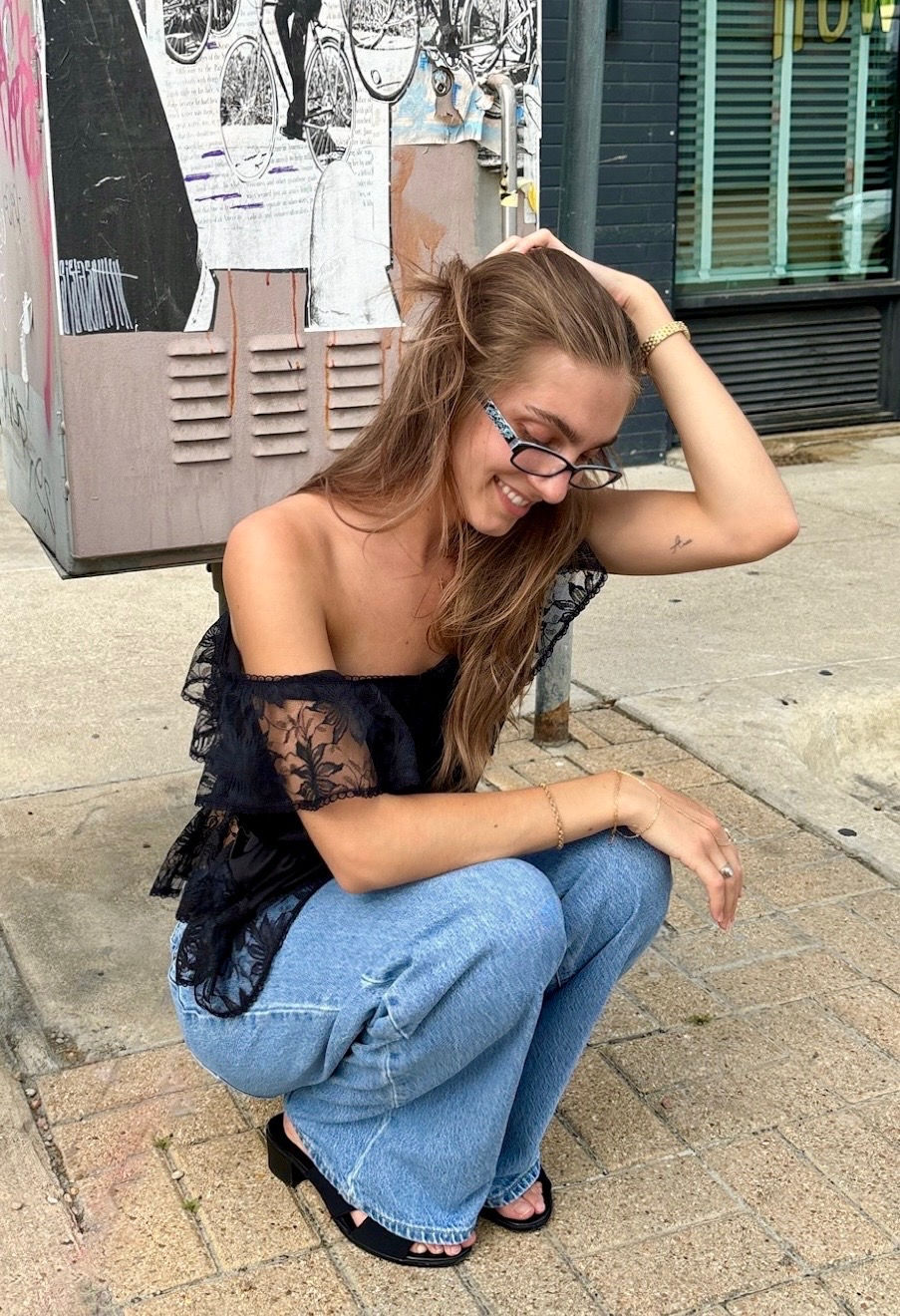Celebrity Creative Directors: a shift for the better?
- renasaccacio
- Feb 20, 2023
- 3 min read
Updated: Aug 4, 2023
The responsibilities of a creative director have grown. Today, we see these individuals heading retail strategy, social media and advertising campaigns, and global brand vision–but there are other important responsibilities that go beyond these expected chores. A creative director needs to be able to adapt their vision to the means with which the brand communicates with the world. Implementing that vision requires cooperation and understanding by the company's personnel.
It's not unusual for businesses and fashion brands like Louis Vuitton to hire celebrities as creative directors. We’ve seen this shift from promoting internally to hiring well-known names from Rihanna at Puma and Cardi B at Playboy to Drew Barrymore at Garnier and ASAP Rocky at PacSun. Because fashion businesses are struggling to make ends meet in this new era market, they’re turning to celebrities with strong name recognition as creative directors, rather than more traditionally qualified designers. Strong brands alone won't take a company very far; they also need to win over customers’ loyalty, which is why many fashion houses believe that employing well-known celebrities can do just that.
In early 2023, French luxury fashion house Louis Vuitton named Pharrel Williams its new men’s creative director via Instagram, succeeding Louis Vuitton’s pre-appointed artistic director and Off-White founder Virgil Abloh. Louis Vuitton described Williams as a “visionary whose creative universes expand from music to art, and to fashion–establishing himself as a cultural global icon over the past 20 years.” Williams' background in fashion entrepreneurship began in 2003, when he and Japanese tastemaker Nigo co-founded Billionaire Boys Club, which has now grown to a global brand. The founders were later enlisted by Marc Jacobs, the designer of Louis Vuitton, in 2004 to help him build a collection of eyeglasses. Williams also established himself with other fashion houses as seen in his partnership with Adidas for his Humanrace clothing line. We can expect to see Williams’ first collection for Louis Vuitton’s menswear during Men's Fashion Week in Paris this coming June.
While many applaud the addition of the musician to the fashion industry, others express uncertainty and concern about the values and future of fashion as the trend toward celebrity collaboration increases. In a post to Instagram, Machine-A founder Stavros Karelis voiced his concern for “the [people] working day and night, seven days a week, in tiny flats transformed into studios with the support of a few people alone or most of the time just by themselves” and “[awareness] of how a system that no longer provides genuine opportunities constantly demoralizes students, recent graduates, new designers, and even established designers.” Williams’ appointment as creative director drew criticism from more than just Karelis. According to Hetty Mahlich, editor-in-chief of Showstudio, Pharrell’s hiring is “more about having a global media and cultural influence than forward-thinking fashion design.”
The continued introduction of celebrity creative directors begs the question, are glamor, buzz, and energy more significant than the art that goes into designing? Pharrell’s appointment specifically also leads to wondering why must the creative director of menswear be a man? Designer Nicolas Ghesquière, formerly trained at Jean Paul Gaultier and Balenciaga, is head of Louis Vuitton’s womenswear. Filippo Grazioli, former design director for women's runway at Burberry, is Missoni’s new creative director for both womenswear and menswear. If men can oversee a womenswear division, why does the same not appear to be true for female creative directors for menswear divisions? We’ve witnessed the accomplishments and ground-breaking work of countless women in fashion, including Clare Waight Keller, the first female artistic director of Givenchy, Paria Farzaneh, the founder and designer of Paria Farzaneh, and Véronique Nichanian the men's artistic director at Hermès–all women who’ve contributed to the successful transformation of high-end fashion houses.
This shift from promoting more traditionally qualified designers to hiring well-known names is revealing the fashion industry’s prioritization of popularity amongst consumers rather than the art of their design. While making profit is essential to the success of a fashion house, fashion is still about the creativity and art that defines new boundaries for expression.








Comments